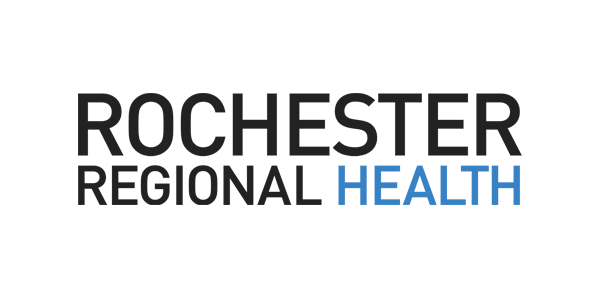Canonical views in technical drawing reading
A technical drawing serves as a vital tool for engineers, machinists, and designers to effectively communicate critical information, ideas, and designs. Precise design, examination, and interpretation of technical drawings are essential for facilitating explicit communication of complex designs between designers and manufacturers. Recent decades have seen significant advancements in creating technical drawings, primarily aimed at enhancing efficiency and functionality through computer-aided design software. However, the natural tendencies and habits of the human users, communication the ultimate recipients of these drawings, have not been reasonably considered in those advancements, and this oversight could significantly hinder the potential of technical drawings as an effective means of communication. This study mainly focuses on fundamentally investigating human visual perception in technical drawing reading under different viewing conditions, especially focusing on understanding the canonical view. This research is dedicated to a comprehensive examination of how humans perceive technical drawings under various conditions, with a special emphasis on discerning the canonical view. By applying the theory of Mental Rotation (MR) to understand how views are selected during the interpretation of technical drawings, this study aims to bridge the gap between technical drawing technology and its users, ultimately facilitating more effective communication. The experiment encompassed a series of forced-choice drawing reading tests that included both 2D and 3D views. The 2D view was presented in the third-angle projection view. The technical drawings comprised workpieces from diverse categories, featuring symmetrical and non-symmetrical parts. Participants were given the freedom to examine the drawings for as long as they needed, with no time limit imposed. The time spent by each participant examining the drawing and determining the corresponding models was recorded.
Topics
Exhibitor
Yan-Ting Chen
Rui Liu
Cheyn Rodriguez
Advisor(s)
Rui Liu
Organization
The proposed project serves as a Ph.D. program research work.
Thank you to all of our sponsors!








